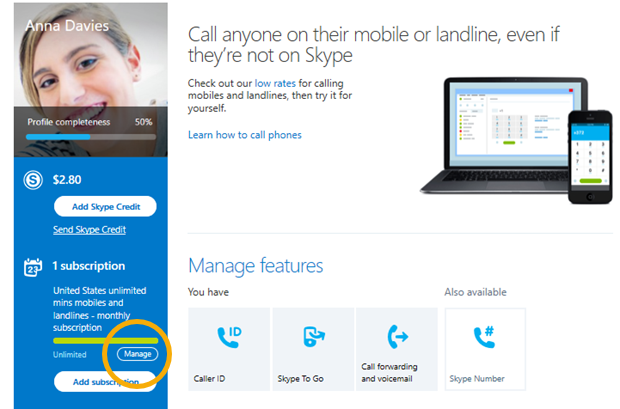

To be on the safe side, you may want to wait a month or more before attempting to login to confirm your account has been deleted. There doesn’t seem to be any official notice on how long it takes, but unofficial reports say 14 days. Remember not to log into your account at any point after that. Then you can use the form found here to request deletion. For that reason, it’s a good idea to go around to any computers or devices (like your mobile phone) that you access your account through and log out (deleting saved passwords is also a good idea to prevent an accidental login).

The tricky thing here, though, is that they don’t immediately delete your account, and if at any time before it’s permanently deleted you log in or otherwise interact with Facebook, your deletion request will be canceled. If you’re looking for something a little more permanent, though, you’ll need to submit a request to Facebook. If you decide at a later date that you want to reactivate your account, it’s as simple as reactivating.

This immediately makes your account invisible to everyone else on Facebook. This is simple: just go into your account settings and click on the “deactivate account” link. If you just want to shut down your account for a little while, with the option to reactivate it later, you can deactivate your account. There are two options for getting rid of your FB account, one that’s permanent and complete, and one that lets you change your mind later. Then we’ll discuss why sites make things so complicated, and some things to consider when designing your own deletion policies.ĭifficulty (on a scale of 1-5, 5 being hardest): 5ĭeleting a Facebook account is a bit more complicated than many other services.

At times, we just need to delete our memberships to some sites, either in an effort to simplify our lives or just because we’ve grown tired of a particular site or service. We all have an increasing number of sites and online services we’re members of, and sometimes it all gets a little overwhelming.


 0 kommentar(er)
0 kommentar(er)
